Name Helios Gomez Role Poet | Died 1956, Barcelona, Spain | |
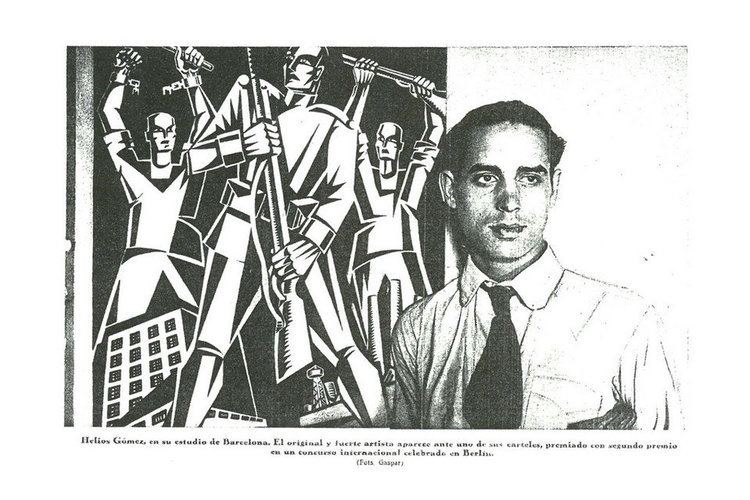 | ||
Helios Gómez (Seville 1905-Barcelona 1956) is considered as one of the most emblematic representatives of Spanish graphics in first half of 20th century. He was a painter, revolutionist, but also an anarchist–communist and a poet.
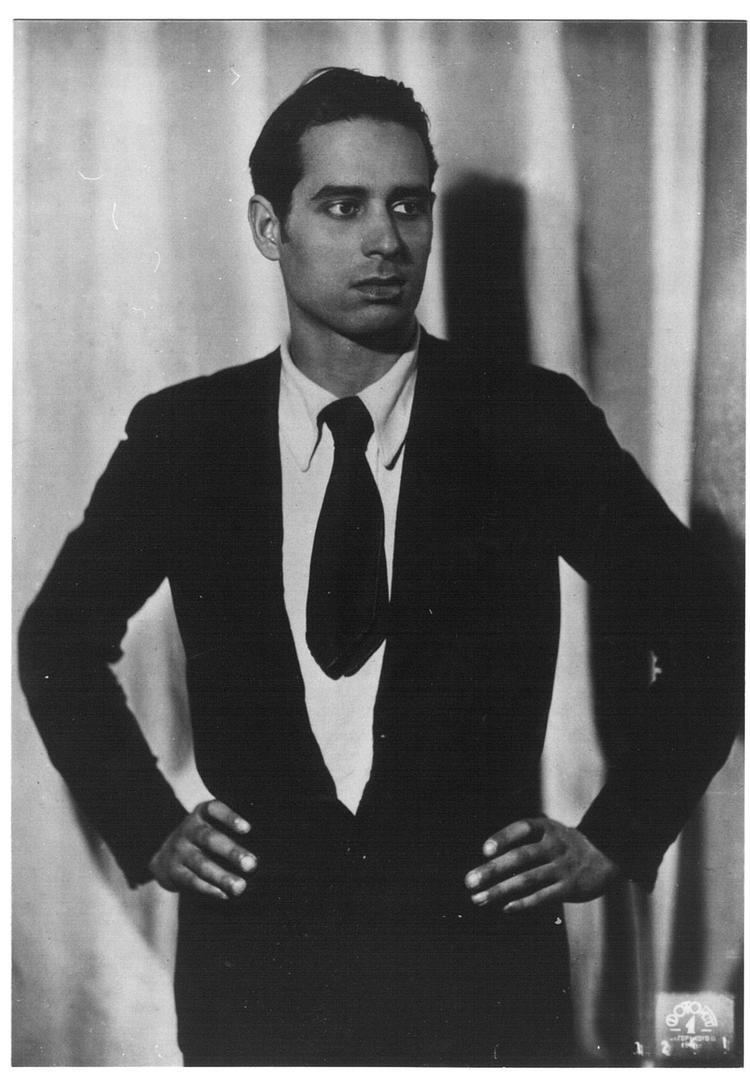
He was born in Seville at Triana quarter into a very poor Romani family with rural origin. Until his death he was proud of his Romani and Andalusian origin. He first became involved with the visual arts as a simple worker in many porcelain factories of Seville, where he ornamented different objects, at the same time following the School of Craft Arts and Trade of the city. During the 1920s he created his political conscience at anarchist at the revolutionary centers of Iberian Peninsula: Seville and Barcelona. Later he took part in the Avant-Garde of European capitals where he lived as a refugee, especially Paris, Brussels, Amsterdam, Berlin, Vienna, Moscow and Leningrad. During this time and especially since he was a member of National Confederation of Labor (a syndicate founded in Seville in 1910) he proceeded as a draftsman in press, appealing for justice and being expressed without fear against Primo De Rivera's dictatorship and later against Francisco Franco. This was the essentiality of his commitment.
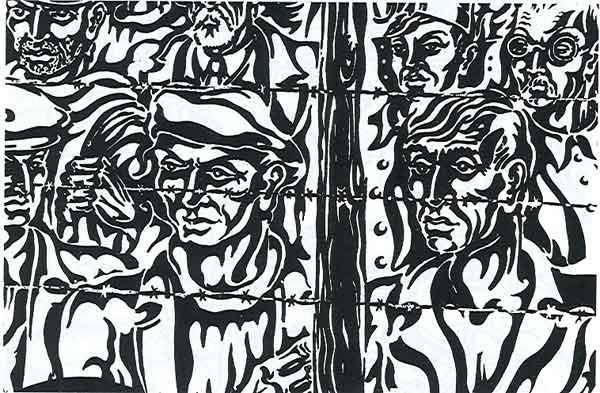
Helios Gomez was the initiator and first president of a professional draftsmen syndicate in Spain with its residency in Barcelona, which he founded in the summer of 1936, to defend the republic through politically engaged posters.
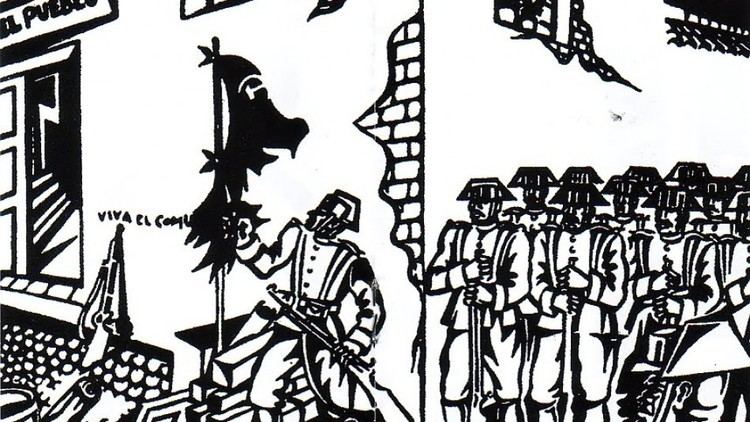
At first he was appreciated for his political avant-gardist designs in black and white, but he worked, exposed and published his pieces in Madrid and Catalonia, when he was dislodged from Andalusia in 1926. From Barcelona he was deported by the political authorities. He asked for lodgment first in France and then in Belgium, Netherlands, Germany, and in the Soviet Union, where he met many Rroms from his country.
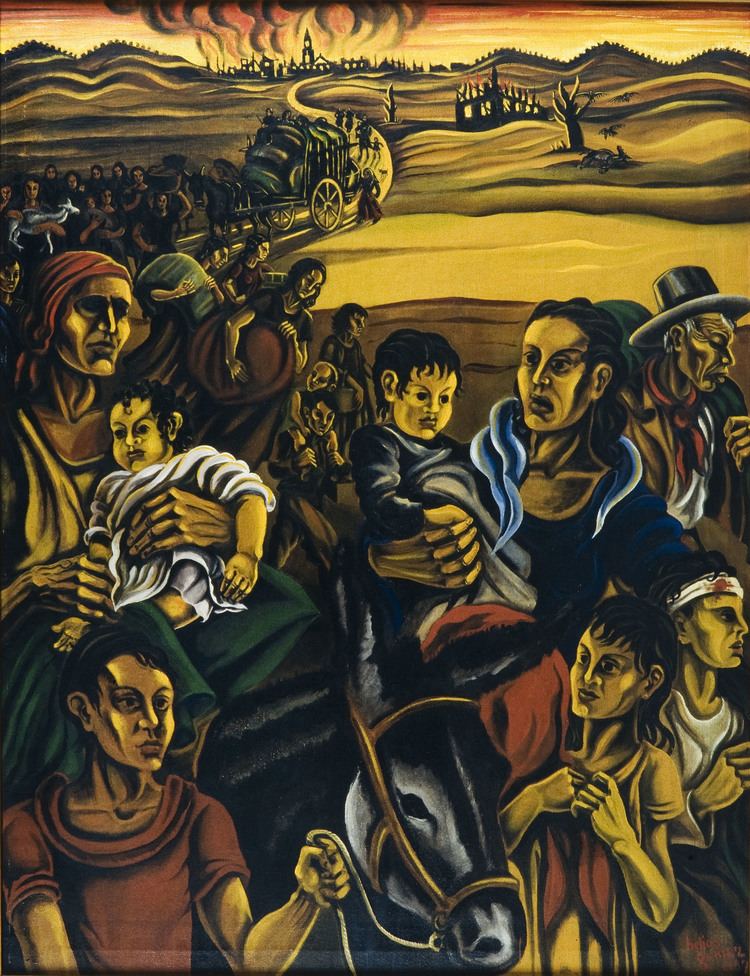
He fought on the front of art as well as in military fights during the Civil War in Spain, being a political commissar in Majorca, Madrid and then in Andújar. He was consigned to the responsibility of culture at 26th Division, Durruti column, and according to some witnesses he got together a battalion of Rroms to protect the republic against Franco dictatorship. In 1939 he was constrained to go to France, along with 500.000 warriors of freedom from Spain. This massive migration is known in history as "Retirada". French authorities enclosed them in some concentration-camps and then they were deported to Algeria, which at that time was part of France, at Gelpfa camp.

Gomez escaped from camp tortures on May 1942 and managed to get a passage to Spain, where he again engaged in illegal activities in the fight against Franco. In 1946 he was arrested again and was thrown into Barcelona jail without a trial or conviction, where he remained for 8 years. Although the decision for his discharge was signed in 1950, he was released only in 1954. He died in 1956.
In 1950 he painted in jail some frescos to honor prisoners and the Virgin Mary, who is the patron saint of prisoners as well as the city of Barcelona. Best known is La Verge de la Mercé (Virgin of mercy) that can be admired until today in a cell close to the one of the prisoners sentenced to death. This cell was transformed into a sacred place and was named Capilla gitana, because of the Rromani inspiration of all characters, described to fresco. Unfortunately this fresco was partly covered by dye on ’70-’80, under the cover of hygiene. In reality the fresco was disliked in the way of prison authorities. It could be restored, but recently the city of Barcelona decided to destroy this historic jail, although it is a symbol of the Franco repression and it was registered in the architectural fond of the country. Its destruction will bear the downfall of it that was discovered only in 2004. Helios Gomez has created this Capilla gitana under Franco's dictatorship and censorship, alone in his cell, against reticence and deceit, but during that time he has written also some verses: Credo del sur – sonetos y romances (Credo From the South – Sonnets and Romances, 1946), Erika – canto de amor y lucha (Erika – Songs of Love and Combat, 1946), Poemas (Poem, 1947–1950), Poemas sueltos (Poem on the Prowl), Otros poemas (Other Poems ) etc. The Cultural Association Helios Gómez, with its residency in Barcelona, does everything to protect and make known widely this outstanding heritage of the Rromani artist, draftsman and poet, but there are difficulties from authorities who, under the cover of various justifications, deny the values of this activity, however admired worldwide. Its site www.heliosgomez.org facilitates an extremely interesting iconography.
